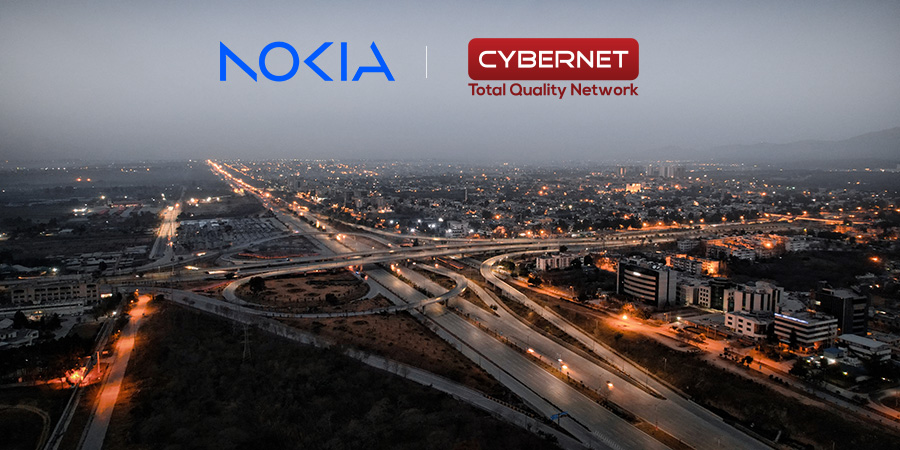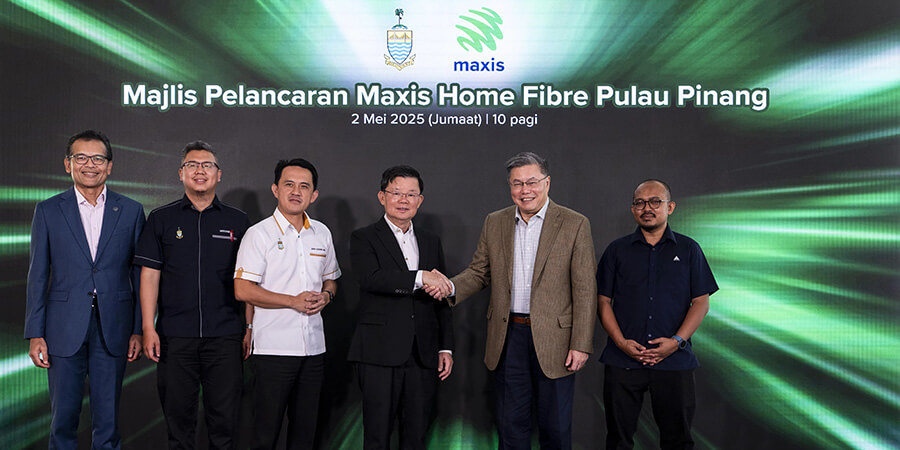Optus, in collaboration with Ericsson, has successfully conducted a pioneering pilot in a live network utilizing Ericsson’s innovative Interference Sensing technology. This technology aims to enhance network performance and provide customers with a superior data experience by dynamically detecting and mitigating inter-cell interference in real-time.
The Interference Sensing technology, integrated as a cutting-edge software feature in Ericsson’s Massive MIMO 5G-Advanced portfolio, employs a unique algorithm to actively sense and minimize inter-cell interference. This capability significantly boosts user throughput and augments network capacity.
By leveraging advanced beamforming techniques, Ericsson optimizes signal energy for users within the serving cell, while simultaneously preventing interference with neighboring cells, thereby enhancing overall network capacity.
Enhancing Performance Levels
During pilot testing in a commercial network deployment, Optus achieved an average increase in user throughput of 22% with Ericsson’s Interference Sensing functionality enabled across multiple users and cells. This groundbreaking technology, recognized with industry awards, aims to revolutionize network operations, enhancing performance levels and delivering an exceptional user experience.
Related Network News: Optus, Nokia Set Record for Long-Haul Speed
The deployment of Ericsson’s Interference Sensing technology represents a significant milestone in the telecommunications sector, laying the groundwork for advanced 5G performance capabilities. As demand for 5G networks continues to rise, this solution effectively manages inter-cell interference, unlocking the full potential of 5G networks to ensure seamless connectivity, rapid download speeds, and an unparalleled mobile experience for users.
Optus’ live network pilot demonstrated the real-world impact of Interference Sensing in mitigating inter-cell interference as 5G networks become denser, thereby ensuring reliable and superior connectivity. This advancement underscores Ericsson’s leadership in enhancing mobile networks to meet the growing demands of wireless data applications and services effectively.
Also Read: Optus and Nokia Successfully Demonstrate First 800Gbps Speed in Australia
A World-First Demonstration
Kent Wu, Optus Vice President Access Network Strategy, Planning and Quality, said, “We are excited at Optus to be involved in another world-first demonstration using Ericsson’s cutting-edge technology to improve our network performance and customer experience. This technology will deliver a better data experience for customers, with faster data throughput. It will
also allow for the implementation of new and improved use cases for video streaming, enterprise and consumer mobile cloud gaming services, stadium 5G service applications and AR/VR.”
Also Read: Optus Gears Up for 5G Wearables in Australia
Sibel Tombaz, Head of Product Line Cloud and Purpose-built 5G RAN at Ericsson Networks, highlighted the significance of Ericsson’s Interference Sensing pilot deployment in the telecoms sector. The successful implementation represents a milestone in ongoing innovations aimed at fully unleashing the potential of 5G. Interference Sensing achieves up to a 40 percent capacity gain on existing Massive MIMO hardware through a software upgrade alone, a feat that has garnered acclaim across the industry.
Collaborating with Optus for this inaugural technology demonstration on their network has been a valuable opportunity. This advancement will empower Optus to unlock new capacity and speed capabilities, paving the way for exciting consumer and enterprise use cases in the era of 5G-Advanced.
Also Read: Nokia Revolutionizes 5G Expansion in Oceania
Latest Industry News: 35 Cities and Regions Unite to Launch a New Era of 5G-A Connectivity
Telecom Review Asia Exclusive Feature: Exploring 5G Monetization Strategies in the Asia Pacific







